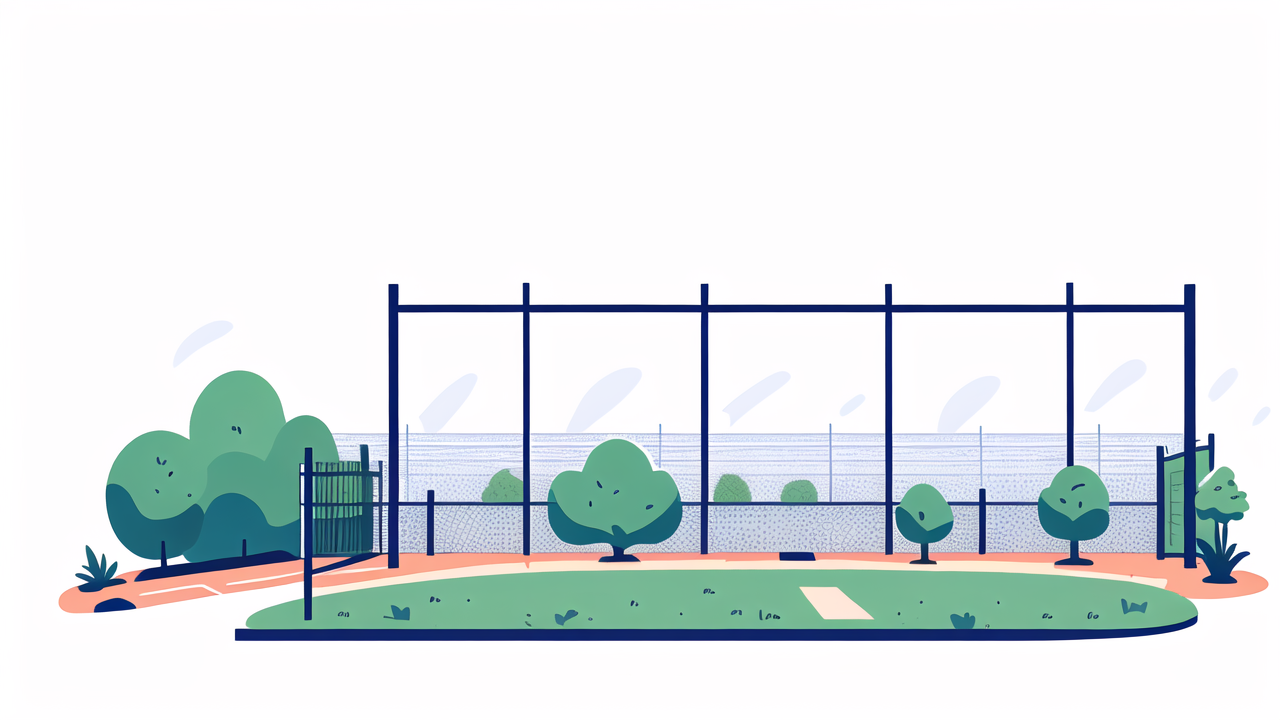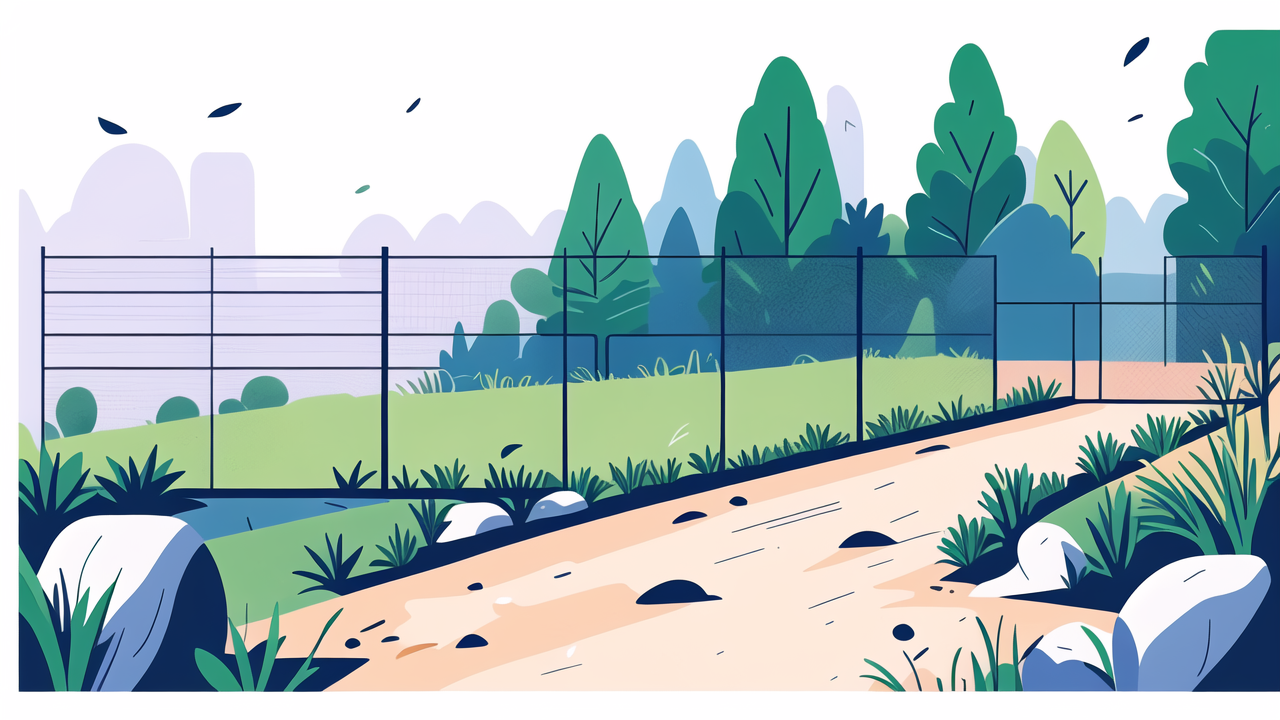Introduction to Garden Fencing Fundamentals
The Importance of Structural Integrity in Garden Fences
Garden fences are more than just boundaries. They add beauty and security to our outdoor spaces. A well-built fence can last for years, but it needs a strong foundation. This is where structural integrity comes in.

Structural integrity means your fence can stand up to wind, rain, and time. It's about using the right materials and techniques. A sturdy fence protects your garden and adds value to your home.
Good fences have deep posts and strong bracing. They use quality materials that can handle weather changes. With proper care, a well-built fence can serve you for decades.
Materials and Tools Needed for Building Your Garden Fence
Building a garden fence requires the right materials and tools. Here's what you'll need:
- Fence posts (wood or metal)
- Fencing panels or boards
- Concrete mix
- Gravel
- Post hole digger or auger
- Level
- Measuring tape
- Saw
- Hammer or nail gun
- Screws or nails
- Safety gear (gloves, goggles)
Choose materials that suit your climate and style. Wood is classic but needs more care. Metal lasts longer but can be pricier.
Don't forget safety gear. Gloves protect your hands, and goggles shield your eyes. Having the right tools makes the job easier and safer.
The Anatomy of a Garden Fence: Inground Supports and Bracing Systems
The Function of Inground Supports in Garden Fences
Inground supports are the backbone of your garden fence. They're the posts that go deep into the ground. These supports hold up your entire fence structure.

Good inground supports prevent your fence from leaning or falling over. They should be at least one-third of the fence height underground. For example, a 6-foot fence needs 2-foot deep posts.
Posts are usually set in concrete for extra stability. This helps them resist wind and soil movement. Proper spacing between posts is crucial. It's typically 6 to 8 feet, depending on your fence type.
Types of Bracing Systems and Their Applications
Bracing systems add extra strength to your garden fence. They help it stand up to wind and weather. There are several types of bracing systems:
- Diagonal braces: These run at an angle from the top of one post to the bottom of another.
- Horizontal rails: These connect posts at the top, middle, and bottom of the fence.
- Tension wire: A wire runs through the fence and is tightened to add support.
- Knee braces: Short braces that connect the post to the bottom rail.
Choose your bracing based on your fence type and local conditions. Tall fences or those in windy areas need more bracing. Proper bracing can greatly extend your fence's life.
Advanced Techniques and Best Practices in Garden Fence Construction
Installing Your Garden Fence: Step-by-Step Guide
Installing a garden fence takes planning and care. Here's a simple guide:

- Mark your fence line and post locations.
- Dig post holes. Make them deep enough for stability.
- Add gravel to the bottom of each hole for drainage.
- Set posts in holes and fill with concrete. Use a level to ensure they're straight.
- Let concrete cure for 24-48 hours.
- Attach rails to the posts.
- Install fencing panels or boards.
- Add any final touches like caps or paint.
Take your time with each step. Rushing can lead to mistakes. If you're not confident, consider hiring a pro. They can ensure your fence is installed correctly.
Maintaining and Caring for Your Garden Fence
A well-maintained fence lasts longer. Here are some tips:
- Inspect your fence regularly for damage.
- Clean it annually with a mild soap solution.
- For wooden fences, apply a sealant every few years.
- Tighten loose screws or nails promptly.
- Trim plants growing on or near the fence.
- Fix any leaning posts as soon as you notice them.
With proper care, your fence can stay beautiful and functional for many years. Don't neglect small issues. They can become big problems if left unchecked.
Overcoming Common Challenges in Garden Fence Installation
Fence installation can have its hurdles. Here are some common challenges and solutions:
- Uneven ground: Use stepped fencing or grade the area.
- Rocky soil: Use a post hole digger or consider above-ground anchors.
- Property line disputes: Always check boundaries before installing.
- Local regulations: Check zoning laws and get permits if needed.
- Poor drainage: Ensure proper gravel base in post holes.
- Wood rot: Use treated lumber or metal posts.
Planning ahead can help avoid these issues. If you encounter a problem, don't hesitate to seek expert advice. A well-installed fence is worth the effort and will serve you well for years to come.
